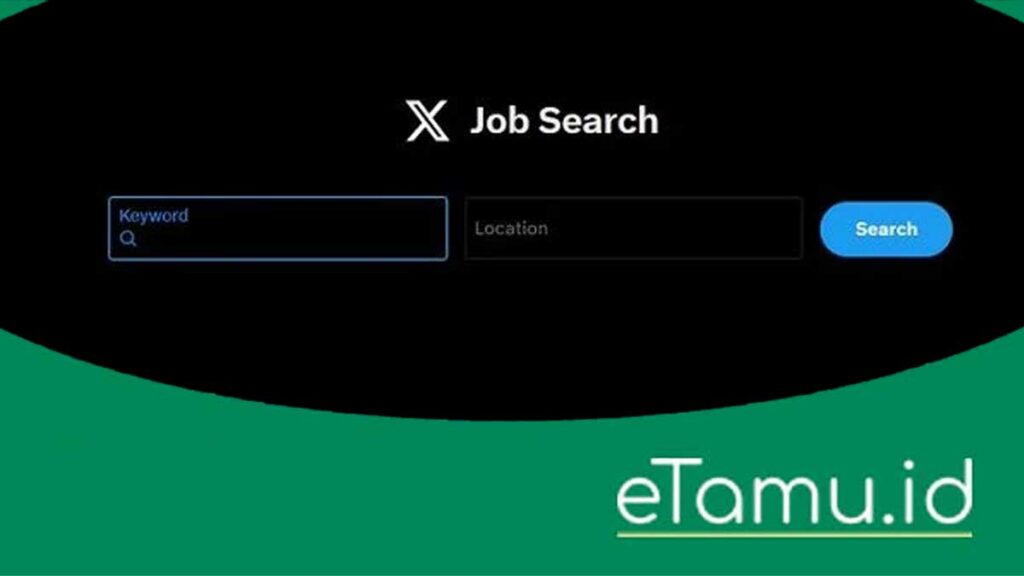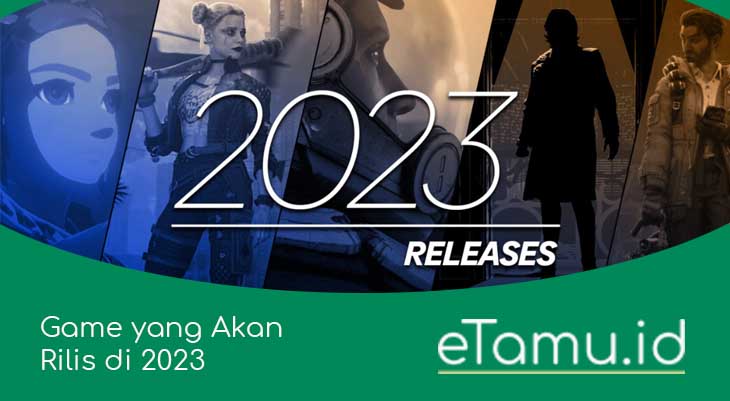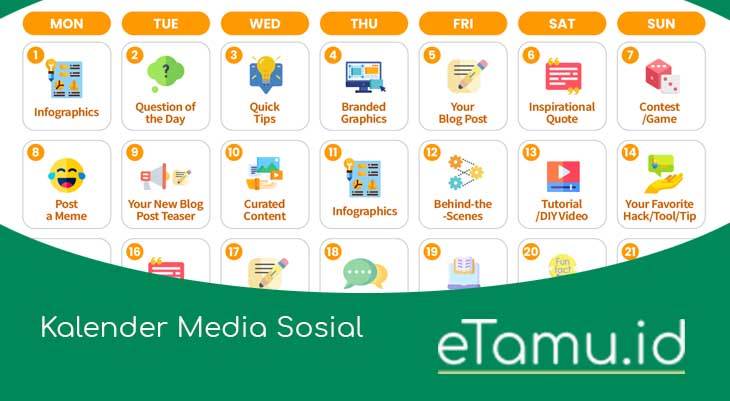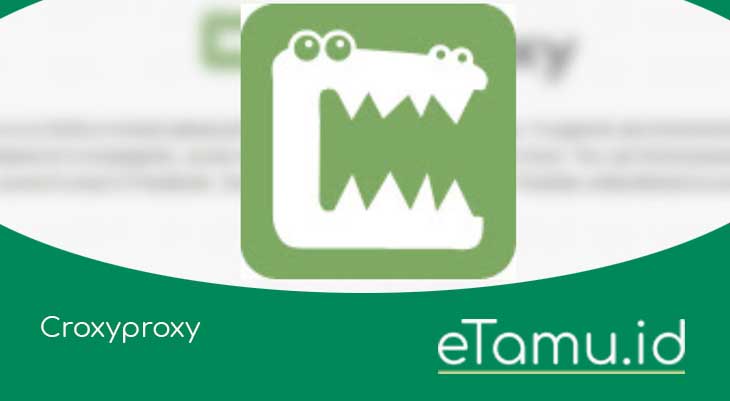Integrating payment gateways into a booking application securely is paramount for both business success and user trust. This process involves careful consideration of several critical factors, from selecting the appropriate payment gateway and implementing robust security measures to designing a seamless and user-friendly payment flow. Failure to address these elements adequately can lead to financial losses, reputational damage, and legal repercussions.
This guide explores best practices for secure payment gateway integration, offering a comprehensive approach to mitigate risks and ensure a smooth, secure experience for both businesses and their customers.
We’ll delve into the intricacies of choosing a suitable payment gateway, comparing popular options like Stripe, PayPal, and Square based on factors such as fees, security features, and ease of integration. Furthermore, we’ll cover essential security protocols, including server-side encryption, tokenization, and PCI DSS compliance. We’ll also examine effective strategies for handling sensitive payment data, protecting against common threats, and implementing thorough testing and monitoring procedures to ensure ongoing security and reliability.
Finally, we’ll explore the design of a user-friendly payment flow that minimizes friction while maintaining the highest security standards.
Choosing the Right Payment Gateway: Integrating Payment Gateways Into A Booking Application Securely
Selecting the appropriate payment gateway is crucial for a booking application’s success. The right gateway will not only streamline transactions but also enhance security and user experience. A poorly chosen gateway can lead to increased fees, processing delays, and even security vulnerabilities, ultimately impacting your business’s bottom line and reputation. Therefore, careful consideration of various factors is essential before making a decision.
Comparison of Popular Payment Gateways
Several payment gateways cater specifically to the needs of booking applications. Three prominent options—Stripe, PayPal, and Square—offer distinct features and capabilities. Understanding their strengths and weaknesses allows for an informed selection based on specific business requirements.
Stripe, PayPal, and Square Feature Comparison
The following table summarizes key features of Stripe, PayPal, and Square, facilitating a direct comparison for decision-making. Remember that fees and features can change, so always refer to the latest information on each provider’s website.
| Feature | Stripe | PayPal | Square |
|---|---|---|---|
| Supported Currencies | 135+ | 25+ | 130+ |
| Transaction Fees (Approximate, varies by plan and location) | 2.9% + 30¢ per transaction | 2.9% + 30¢ per transaction (varies depending on the payment method and merchant agreement) | 2.9% + 30¢ per transaction (varies depending on the payment method and plan) |
| Integration Methods | REST API, various SDKs (JavaScript, PHP, Python, etc.), pre-built integrations | API, buttons, plugins for various platforms | API, SDKs (various languages), plugins, point-of-sale integration |
| Security Features | PCI DSS compliance, fraud prevention tools, two-factor authentication | PCI DSS compliance, fraud prevention tools, buyer and seller protection | PCI DSS compliance, fraud prevention tools, dispute resolution |
Payment Gateway Selection Decision Flowchart, Integrating payment gateways into a booking application securely
The choice of payment gateway depends on several interacting factors. This flowchart visualizes the decision-making process, guiding you towards the optimal solution for your booking application.[Diagram Description: The flowchart would begin with a central question: “What are your key requirements?”. This branches into three main paths: Transaction Volume (High/Medium/Low), Geographic Reach (Global/Regional/Local), and Specific Application Needs (e.g., recurring billing, subscription management, specific integrations).
Each path would lead to a series of decision points, ultimately recommending a payment gateway (Stripe, PayPal, or Square) based on the answers. For example, a high transaction volume, global reach, and need for recurring billing might lead to a recommendation of Stripe. A smaller, local business with low transaction volume might be better suited to Square. The flowchart would use standard flowchart symbols (diamonds for decisions, rectangles for processes, and ovals for start and end points).]
Secure Integration Techniques
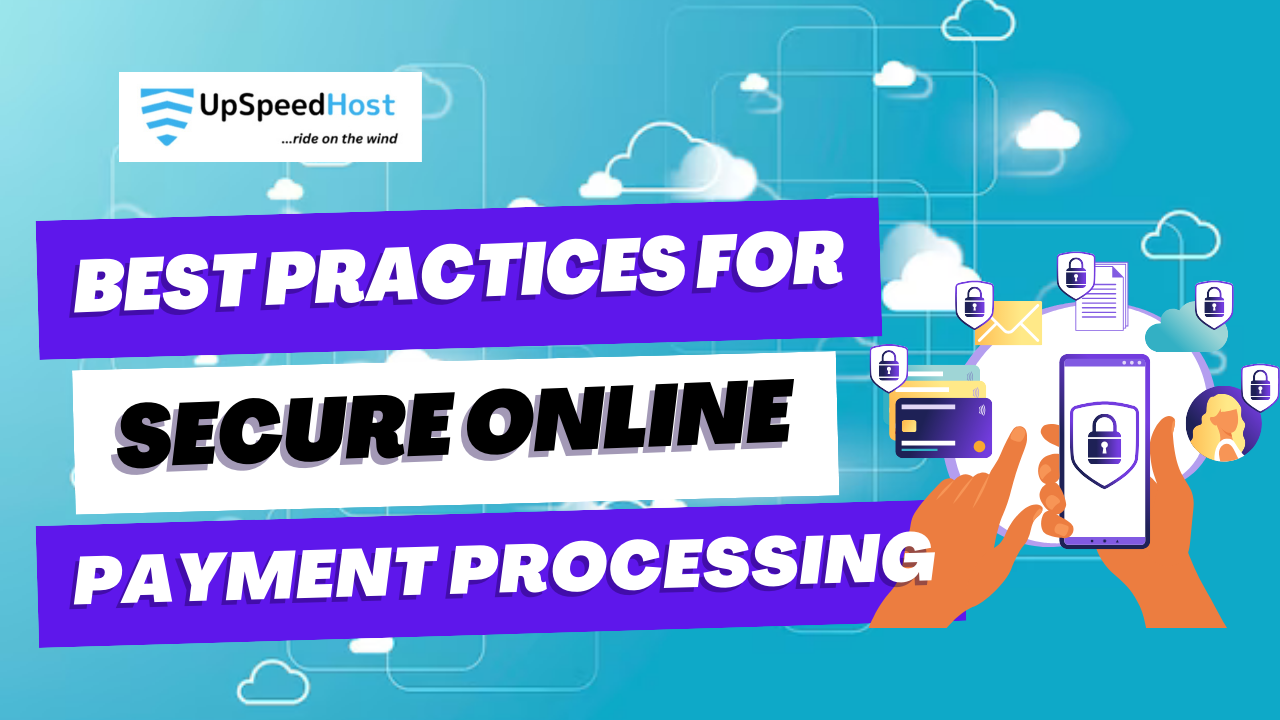
Source: upspeedhosting.com
Securely integrating a payment gateway into your booking application is crucial for protecting user data and maintaining trust. This involves more than just plugging in an API; it necessitates a robust security architecture that addresses potential vulnerabilities at every stage of the payment process. Failing to implement proper security measures can lead to significant financial losses, reputational damage, and legal repercussions.This section details best practices for secure integration, focusing on server-side encryption, tokenization, and PCI DSS compliance.
These measures work together to minimize the risk of data breaches and ensure compliance with industry standards.
Server-Side Encryption and Tokenization
Implementing server-side encryption and tokenization is paramount for protecting sensitive payment information. This approach involves encrypting data at rest and in transit, and replacing sensitive card details with non-sensitive tokens. This process significantly reduces the risk of data exposure, even in the event of a security breach.A step-by-step guide for implementation might involve:
1. Data Encryption at Rest
All sensitive data stored on your servers (databases, files, etc.) should be encrypted using strong, industry-standard encryption algorithms like AES-256. This ensures that even if an attacker gains unauthorized access to your servers, the data remains unreadable. Regular key rotation is essential to further enhance security.
2. Data Encryption in Transit
All communication between your application and the payment gateway should be encrypted using HTTPS with TLS 1.2 or higher. This protects data transmitted over the network from eavesdropping. Consider using certificate pinning to prevent man-in-the-middle attacks.
3. Tokenization
Instead of storing actual credit card numbers, generate unique, non-sensitive tokens to represent them. These tokens can be used for future transactions without exposing the original card details. The payment gateway will handle the translation between the token and the actual card information. Popular tokenization services are available from most payment gateways.
Securely integrating payment gateways into a booking application requires careful consideration of various security protocols. For instance, a well-designed application might even integrate features allowing users to visualize their booked space, perhaps using tools like those found in top smart home interior design software and apps for planning to preview furniture arrangements. This enhances the user experience while maintaining robust security for financial transactions within the booking system itself.
4. Secure Data Storage
Avoid storing sensitive data unnecessarily. Only store the minimum necessary data required for legitimate business purposes, adhering to the principle of least privilege.
PCI DSS Compliance Measures
The Payment Card Industry Data Security Standard (PCI DSS) is a set of security standards designed to ensure that ALL companies that accept, process, store or transmit credit card information maintain a secure environment. Adherence to PCI DSS is not optional; non-compliance can result in hefty fines and reputational damage.Implementing PCI DSS compliance within your booking application’s payment processing workflow involves several key steps:
1. Regular Security Assessments
Conduct regular vulnerability scans and penetration testing to identify and address security weaknesses in your system.
2. Strong Access Control
Implement robust access control measures to restrict access to sensitive data based on the principle of least privilege. Use strong passwords and multi-factor authentication wherever possible.
3. Secure Network Configuration
Secure your network infrastructure by implementing firewalls, intrusion detection systems, and other security measures to prevent unauthorized access.
4. Data Retention Policies
Securely integrating payment gateways into a booking application requires careful consideration of various security protocols. Just as you’d prioritize the aesthetic integration of, say, smart home security systems that complement interior aesthetics , seamless and trustworthy payment processing is crucial for user trust and confidence. Therefore, robust encryption and fraud prevention measures are essential components of a well-designed booking system.
Establish clear data retention policies that specify how long sensitive data is stored and when it should be securely deleted.
5. Incident Response Plan
Develop a comprehensive incident response plan to handle security incidents effectively and minimize the impact of data breaches. This plan should include procedures for identifying, containing, and remediating security incidents, as well as communicating with affected parties.
Handling Payment Data and Security Protocols
Securely handling payment data is paramount for any booking application. Neglecting robust security measures can lead to significant financial losses, reputational damage, and legal repercussions. This section details crucial protocols and best practices to protect sensitive information and maintain user trust.Protecting sensitive payment information requires a multi-layered approach, encompassing secure communication channels, robust protection against common threats, and careful management of stored data.
The implementation of these measures is critical for maintaining compliance with industry regulations like PCI DSS and building user confidence in the application’s security.
HTTPS and SSL Certificates
Using HTTPS (Hypertext Transfer Protocol Secure) with a valid SSL (Secure Sockets Layer) or TLS (Transport Layer Security) certificate is fundamental for secure communication between the booking application and the payment gateway. HTTPS encrypts the data transmitted between the two, preventing eavesdropping and data interception by malicious actors. The SSL/TLS certificate verifies the identity of the payment gateway, ensuring that the user is interacting with the legitimate service and not a fraudulent imitation.
A strong, up-to-date certificate is crucial, and its validity should be regularly checked and renewed to prevent connection errors and security vulnerabilities. The padlock icon in the browser’s address bar visually confirms a secure connection.
Protection Against Common Payment Security Threats
Several methods can mitigate common payment security threats. Card skimming, where attackers steal card details from physical or online forms, can be prevented by employing robust input validation techniques on the client-side and server-side to detect and reject invalid or suspicious data. Additionally, using tokenization, where actual card details are replaced with unique tokens, adds another layer of protection.
Man-in-the-middle (MITM) attacks, where attackers intercept communication between the user and the payment gateway, are countered by utilizing HTTPS with strong encryption and verifying the authenticity of the payment gateway’s SSL/TLS certificate. Regular security audits and penetration testing help identify and address potential vulnerabilities before they can be exploited. Implementing multi-factor authentication (MFA) adds an extra layer of security, making it significantly harder for unauthorized users to access accounts and payment information.
Securely integrating payment gateways into a booking application requires careful consideration of various security protocols. This is crucial for maintaining user trust, much like the importance of secure systems in other integrated technologies, such as those found in smart home technology integration for stylish interior design. Ultimately, robust security measures for payment processing are essential for a successful booking application, ensuring both user data and financial transactions remain protected.
Payment Data Storage and Management
Storing and managing payment data requires strict adherence to security best practices. Data minimization is key – only collect and store the minimum necessary payment information. Sensitive data, such as credit card numbers, should never be stored directly in the application’s database. Instead, utilize tokenization or a payment gateway’s vaulting services to store this information securely. Encryption at rest, using strong encryption algorithms to protect data stored on servers and databases, is essential.
Similarly, encryption in transit, using HTTPS and secure protocols to protect data during transmission, is crucial. Regular security assessments and vulnerability scans should be performed to identify and mitigate potential risks. Compliance with industry standards like PCI DSS is mandatory to ensure adherence to best practices for handling sensitive payment data. Implementing robust logging and monitoring systems can help detect and respond to suspicious activities in real-time.
Testing and Monitoring Payment Security
Thorough testing and ongoing monitoring are crucial for ensuring the secure operation of integrated payment gateways within a booking application. A robust strategy encompassing various testing methodologies and continuous performance monitoring is essential to identify and mitigate potential vulnerabilities before they can be exploited. This proactive approach helps maintain user trust and prevent financial losses.A comprehensive testing strategy should cover functional testing, security testing, and performance testing to validate the seamless integration of the payment gateway and the overall security of the payment processing system.
Securely integrating payment gateways into a booking application requires careful consideration of various security protocols. For example, distracting yourself with a bit of interior design inspiration, like checking out best smart home interior design ideas for small apartments , might help you clear your head before tackling complex coding issues. Returning to the payment gateway integration, remember robust encryption and regular security audits are crucial for maintaining user trust and preventing fraudulent activities.
This involves simulating real-world scenarios and rigorously checking for vulnerabilities. Moreover, establishing key performance indicators (KPIs) allows for continuous monitoring of the system’s health and security, providing early warnings of potential issues.
Comprehensive Testing Strategy
A multi-faceted approach is necessary to thoroughly test the integrated payment gateway. This involves functional testing to ensure all features operate as expected, security testing to identify and address vulnerabilities, and performance testing to evaluate the system’s ability to handle peak loads and maintain responsiveness. For example, functional testing should cover scenarios like successful transactions, failed transactions due to insufficient funds, and handling of various card types.
Securely integrating payment gateways into a booking application requires careful consideration of various security protocols. This is analogous to the meticulous planning needed for other complex systems, such as when following best practices for smart home interior design and installation , where a well-thought-out plan prevents future issues. Ultimately, for both applications, proactive planning and adherence to best practices significantly reduce risks and ensure a smoother, more secure user experience.
Security testing should include penetration testing to simulate attacks and identify vulnerabilities, and code review to check for security flaws in the integration code. Performance testing should measure transaction processing times under various load conditions to ensure scalability and responsiveness.
Key Performance Indicators (KPIs) for Payment Security Monitoring
Regular monitoring using relevant KPIs is essential to maintain the security and reliability of the payment processing system. These metrics provide insights into the system’s performance and help identify potential problems early on. Examples of critical KPIs include: transaction success rate, average transaction processing time, number of declined transactions, error rates, and the number of suspicious activities detected.
Tracking these metrics allows for proactive identification of trends and potential issues, enabling timely intervention and mitigation of risks. For instance, a sudden drop in transaction success rate might indicate a problem with the payment gateway integration or a security breach.
Automated Alerts for Suspicious Activities
Implementing automated alerts is crucial for proactively detecting and responding to suspicious payment activities or security breaches. These alerts should be triggered by predefined thresholds or patterns indicating potentially malicious behavior. For example, an alert could be triggered if there is a sudden surge in transactions from a single IP address, an unusually high number of failed transactions, or transactions exceeding a predefined value limit.
The system should also monitor for known indicators of compromise (IOCs) such as malicious code or suspicious network activity. These alerts should be sent to designated personnel for immediate investigation and response. A well-designed alert system ensures rapid response times to security incidents, minimizing potential damage and maintaining the integrity of the payment processing system.
User Experience and Payment Flow Design
A seamless and secure payment experience is crucial for converting bookings and fostering user trust. A poorly designed payment flow can lead to abandoned transactions and damage the reputation of the booking application. This section Artikels key considerations for creating a user-friendly yet secure payment process.A well-designed payment flow should be intuitive, transparent, and reassuring to the user.
This involves careful consideration of the user interface, clear communication regarding security measures, and a streamlined process that minimizes friction points. The goal is to balance user convenience with robust security protocols.
Securely integrating payment gateways into a booking application requires careful consideration of data protection and user experience. This is analogous to the thoughtful planning required when achieving a sustainable and smart home interior design , where careful selection of materials and technologies is crucial for long-term success. Both processes demand a robust, well-structured approach to ensure a positive and trustworthy outcome for the end-user.
User Interface Mockup for Secure Payment Flow
Imagine a booking confirmation page with a clear section dedicated to payment. The heading “Secure Payment” is prominently displayed. Below this, the user sees the total booking amount clearly stated. Then, a selection of accepted payment methods is presented, each with a corresponding logo (e.g., Visa, Mastercard, PayPal). Each payment method’s selection is presented as a button with clear visual cues.
After selecting a method, the user is redirected to a secure payment page hosted by the chosen gateway. This page, though hosted externally, maintains consistent branding with the booking application (e.g., logo, color scheme) to reinforce trust and prevent users feeling disoriented. Upon successful payment, the user is redirected back to the booking application with a confirmation message and booking details.
Any error messages are clear, concise, and offer actionable steps for resolution.
Communicating Security Measures to Users
Effective communication about security measures builds user confidence and reduces apprehension. The application should clearly display security badges and certifications from trusted organizations (e.g., PCI DSS compliance). A brief, easily understood statement explaining that all payment data is encrypted and processed through a secure gateway should be prominently displayed on the payment page. The use of HTTPS throughout the payment process should be implicit, but also mentioned, to reinforce security.
Furthermore, a link to a comprehensive privacy policy should be readily available. The privacy policy should detail how user data is collected, used, protected, and retained, in compliance with relevant regulations (e.g., GDPR, CCPA).
Guidelines for Designing a Secure and User-Friendly Payment Process
Designing a secure payment process requires a careful balance between security and usability. The following guidelines aim to achieve this balance:
Minimizing friction while maintaining security is paramount. This involves simplifying the payment process as much as possible without compromising security. Here’s how to accomplish this:
- Minimize Input Fields: Only request essential information, such as card number, expiry date, and CVV. Avoid collecting unnecessary data.
- Autofill Functionality: Implement secure autofill capabilities for returning users to streamline the process. Ensure that these capabilities comply with all relevant security standards.
- Clear Error Messages: Provide helpful and user-friendly error messages to guide users through any issues they encounter during the payment process. Avoid technical jargon.
- Progress Indicators: Use progress bars or other visual cues to show users where they are in the payment process, reducing uncertainty and anxiety.
- Secure Payment Gateways: Integrate with reputable and PCI DSS compliant payment gateways to handle sensitive payment information securely.
- Regular Security Audits: Conduct regular security audits and penetration testing to identify and address vulnerabilities.
Addressing Potential Vul vulnerabilities and Mitigation Strategies
Integrating payment gateways into booking applications introduces several security risks. Failing to address these vulnerabilities can lead to significant financial losses, reputational damage, and legal repercussions for the business. This section details common vulnerabilities and effective mitigation strategies, emphasizing practical implementation.
SQL Injection Vulnerabilities
SQL injection attacks exploit vulnerabilities in database interactions. Malicious actors can inject SQL code into input fields, manipulating database queries to access sensitive data or alter system behavior. In a booking application, this could mean accessing user payment information, modifying booking details, or even gaining complete control of the database.To mitigate SQL injection, parameterized queries or prepared statements are crucial.
Instead of directly embedding user input into SQL queries, use placeholders that the database driver safely substitutes.
// Vulnerable code (example using PHP)
$sql = "SELECT
- FROM users WHERE username = '" . $_POST['username'] . "' AND password = '" . $_POST['password'] . "'";
// Secure code (using prepared statements)
$stmt = $pdo->prepare("SELECT
- FROM users WHERE username = ? AND password = ?");
$stmt->execute([$_POST['username'], $_POST['password']]);
This prevents malicious SQL code from being interpreted as part of the query. Input validation and sanitization are also essential supplementary measures. Always validate user inputs to ensure they conform to expected data types and lengths before using them in database queries.
Cross-Site Scripting (XSS) Vulnerabilities
Cross-site scripting allows attackers to inject malicious scripts into web pages viewed by other users. In the context of a booking application, this could involve stealing session cookies, redirecting users to phishing sites, or injecting code to manipulate the payment process.
Preventing XSS requires robust input validation and output encoding. All user-supplied data should be thoroughly validated and sanitized before being displayed on the website. Output encoding converts special characters into their HTML entities, preventing them from being interpreted as executable code.
// Vulnerable code (example using PHP)
echo "Welcome, " . $_GET['username'] . "!";
// Secure code (using htmlspecialchars)
echo "Welcome, " . htmlspecialchars($_GET['username'], ENT_QUOTES, 'UTF-8') . "!";
Furthermore, employing a Content Security Policy (CSP) header helps to control the resources the browser is allowed to load, reducing the impact of XSS attacks. Regular security audits and penetration testing are also vital in identifying and addressing potential XSS vulnerabilities.
Session Management Vulnerabilities
Improper session management can allow attackers to hijack user sessions, gaining unauthorized access to their accounts and potentially their payment information. This can involve exploiting vulnerabilities in session IDs or using techniques like session fixation.
Implementing secure session management involves using strong, unpredictable session IDs, setting appropriate session timeouts, and using HTTPS to encrypt all communication. Regularly rotating session IDs and using HTTPOnly cookies (which prevent client-side JavaScript access) can further enhance security. Additionally, consider using a robust session management library or framework to handle session handling securely.
Real-World Security Incidents and Lessons Learned
In 2018, a major online travel agency experienced a data breach that exposed millions of customer records, including payment information. The investigation revealed vulnerabilities in their payment gateway integration, including insufficient input validation and a lack of robust session management. This incident highlighted the critical need for comprehensive security measures throughout the payment process. Another example involves a hotel booking website that suffered from SQL injection, allowing attackers to access and modify booking records and payment details.
This underscores the importance of secure coding practices and regular security audits. These incidents emphasize the importance of proactive security measures, thorough testing, and continuous monitoring to prevent such breaches.
Final Wrap-Up
Successfully integrating payment gateways into a booking application requires a multi-faceted approach that prioritizes security without compromising user experience. By carefully selecting a payment gateway, implementing robust security measures, and designing a user-friendly payment flow, businesses can create a secure and trustworthy environment for their customers. Regular monitoring, proactive vulnerability management, and a commitment to continuous improvement are crucial for maintaining the highest levels of security and ensuring long-term success.
Ignoring these aspects can lead to significant financial and reputational consequences. Therefore, a proactive and comprehensive approach to payment gateway integration is not just advisable, it’s essential for any modern booking application.
FAQ
What are the legal implications of not complying with PCI DSS?
Non-compliance with PCI DSS can result in significant fines, legal action from payment processors, and damage to your business reputation. It also increases your vulnerability to data breaches and associated liabilities.
How can I minimize the risk of chargebacks?
Minimizing chargebacks involves clear communication with customers about pricing and services, secure payment processing, and efficient dispute resolution procedures. Implementing robust fraud detection mechanisms also helps.
What is tokenization, and why is it important?
Tokenization replaces sensitive payment data with non-sensitive substitutes (tokens). This protects actual card details, reducing the risk of data breaches and improving PCI DSS compliance.
How often should I update my payment gateway integration?
Regular updates are crucial for patching security vulnerabilities and benefiting from new features. The frequency depends on the gateway provider’s release cycle and your specific needs, but staying current is vital.
What are some common indicators of a compromised payment system?
Unusual transaction volumes, failed transactions, unauthorized access attempts, and alerts from your payment gateway or security monitoring systems are key indicators of potential compromise.
- Pivot Glass Doors A Stylish Choice - June 2, 2025
- Mountain Modern Cabin A Stylish Retreat - May 6, 2025
- Modern Loft House A Stylish Home - May 6, 2025

